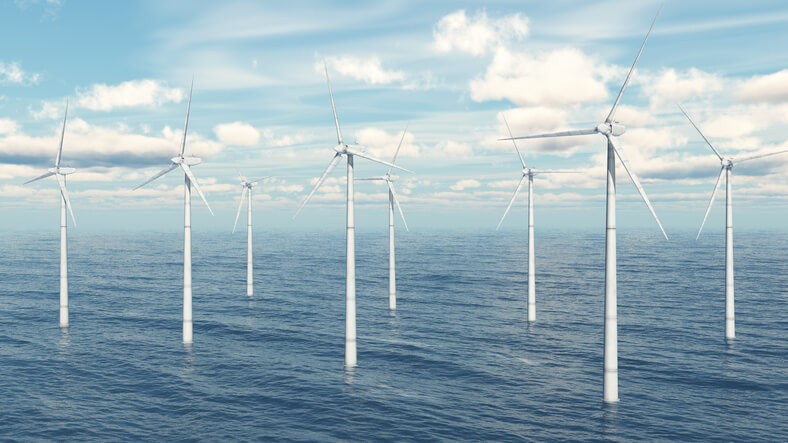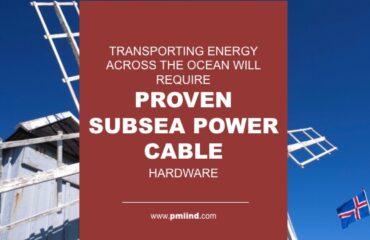Synthetic cable is stronger than steel on a strength-to-weight basis, which makes it an attractive option in marine environments. The key challenge of synthetic cable is what you do about the attachment points, or terminations.
Terminations can cut the tensile strength of synthetic cable by more than 50 percent, potentially defeating the purpose of going with synthetic to begin with. However, a well-designed and properly installed termination can preserve more than 75 percent of the cable’s strength.
The termination must be installed by the manufacturer of the termination. It can’t be installed like a traditional steel termination can. That means if you’re ordering a volume of synthetic fiber cable, you need to ship it to your cable accessory supplier and have them cut your cable to length and attach the terminations.
Once the termination is in place, it’s there permanently. It cannot be removed. Hence it pays to be careful about your choice of synthetic cable termination provider.
Getting it Right with Synthetic Cable Terminations
Synthetic cables have a vast range of uses in subsea environments. They can do high-tech jobs like protecting fiber optic cables that transmit data around the world. Or they can do more mundane tasks like holding floating platforms in place.
Each of these jobs require terminations and other accessories that are engineered specifically to get the most performance out of the cable and preserve its strength at the attachment point.
At PMI, we’ve worked with clients in the subsea cable sector for decades, so we know exactly how to apply the right termination for each application. We have the specialized equipment required to perform synthetic terminations, and we have people trained to make sure the attachment is done properly.
And, of course, we supply some of the world’s best subsea cable terminations for all these varied applications.
Synthetic cables are less prone to corrosion and much more flexible and easy to use in chaotic marine environments. Many of them even float. But their unique chemical composition requires extra care at the termination point. Ignoring this risk could easily undo your entire investment in synthetic cables.







